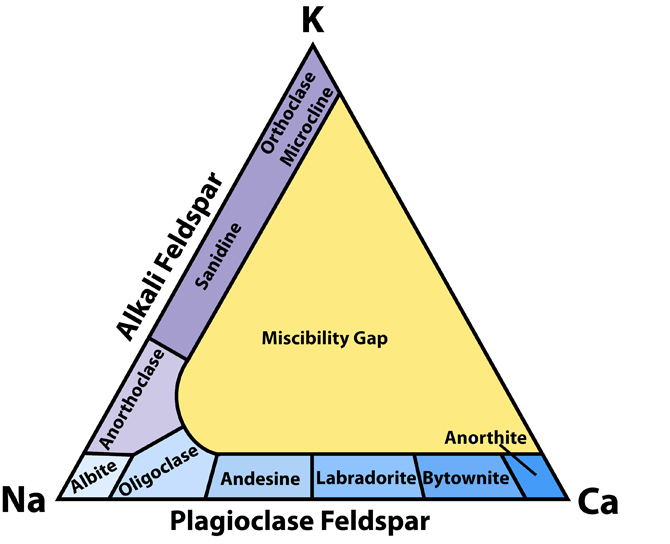
6.2 Different occurrences of igneous rocks and minerals Continental rifts and hot spots, places where anomalous heat rises from depth, account for the rest. Mid-ocean ridges and subduction zones contain most magmas at or near Earth’s surface. Magma often collects in large magma chambers at depth in Earth, but magma is also mobile and can flow through fissures and sometimes reach the surface. Igneous rocks and minerals form from magma, molten rock that originates beneath Earth’s surface. Different silicate minerals have distinctive properties, atomic arrangements, and origins.We classify silicates based on the arrangement and ordering of SiO 4 tetrahedra within them.Silicates are the most important minerals in igneous rocks.Minerals crystallize in an orderly and predicable way during magma cooling.Cooling rate affects crystal size and rock texture.Magmas have variable compositions giving rise to many different kinds of rocks containing different minerals.Igneous minerals crystallize from a magma to form igneous rocks.The green xenolith contains light green olivine, (minor) emerald-green clinopyroxene, and darker orthopyroxene.

The brown xenolith contains olive-green olivine and brown orthopyroxene.

6.1 Xenoliths in basalt from San Carlos, Arizona.


 0 kommentar(er)
0 kommentar(er)
